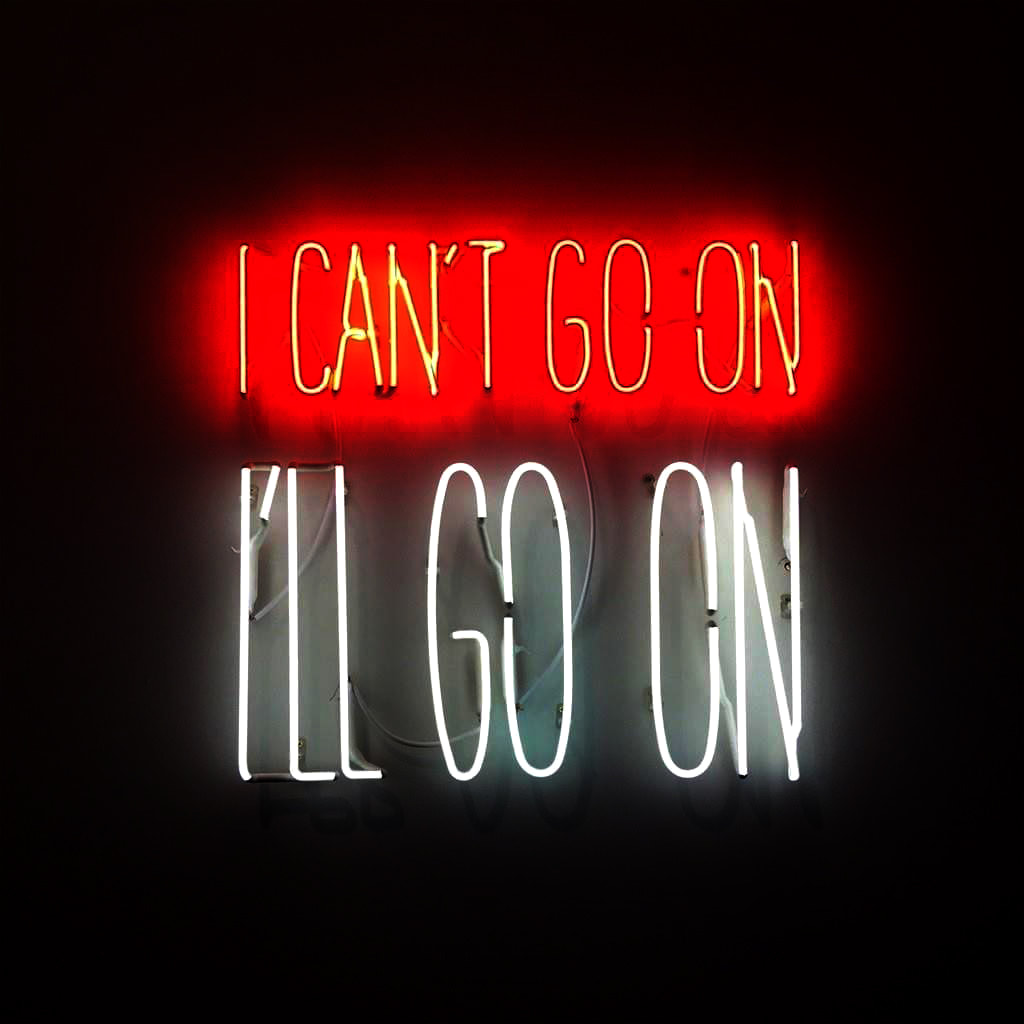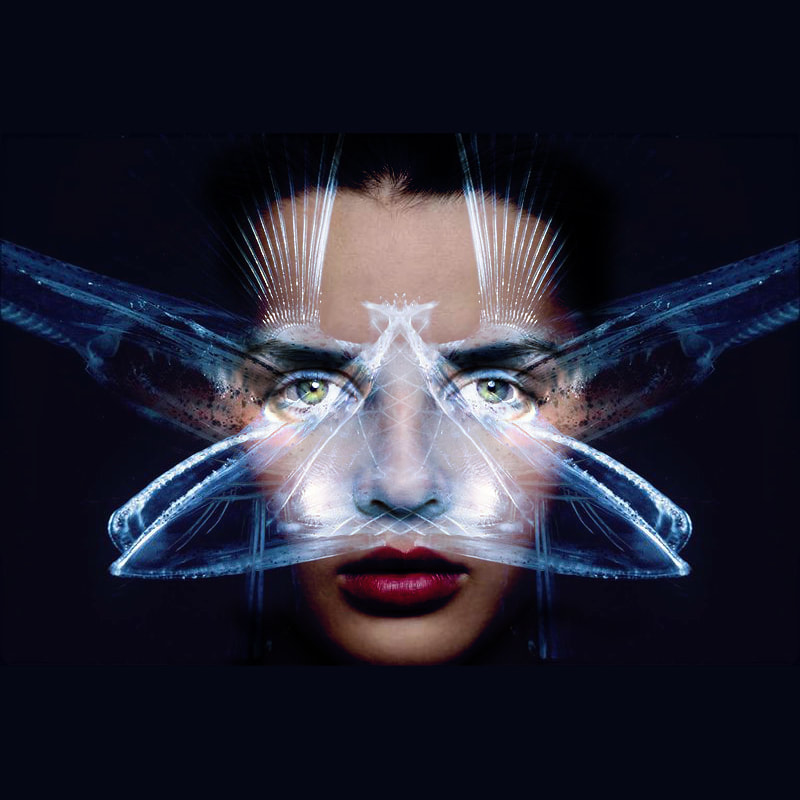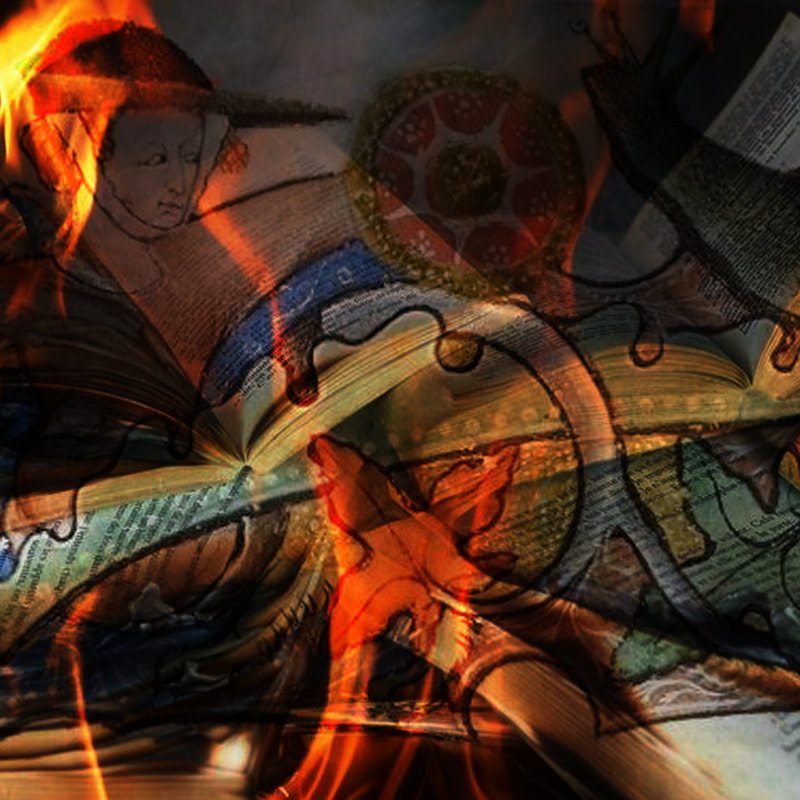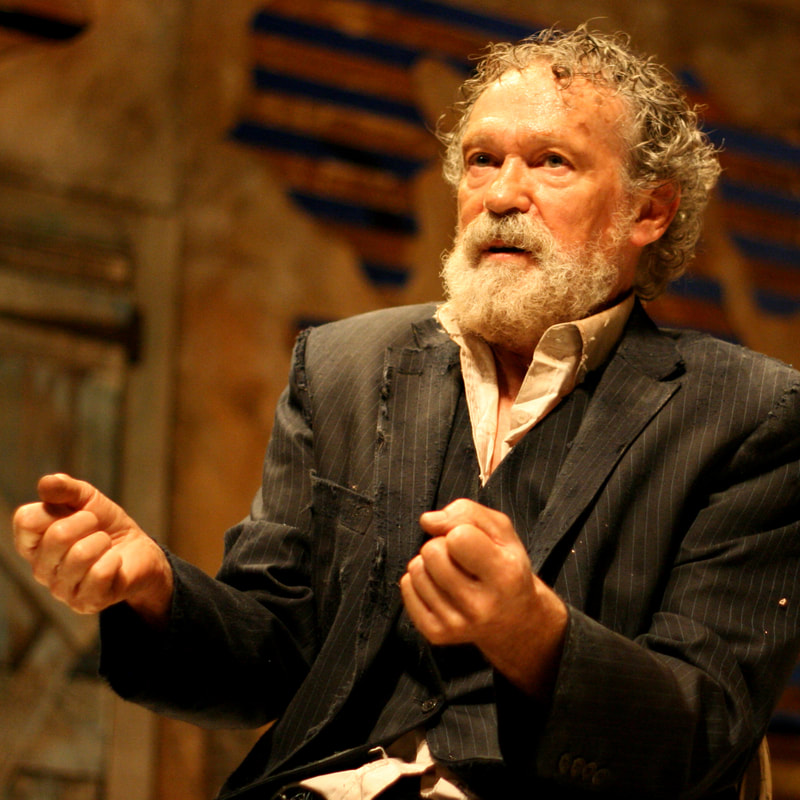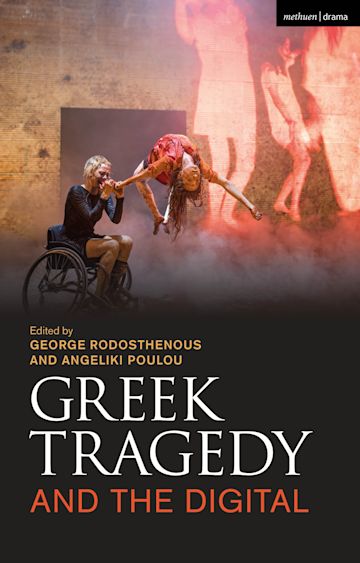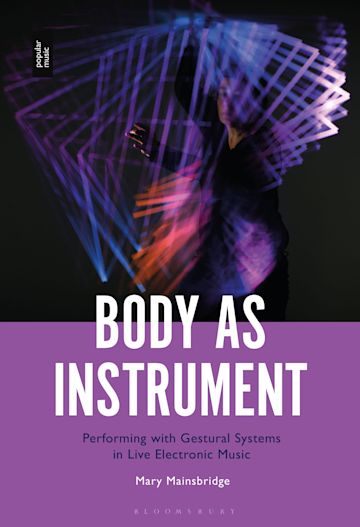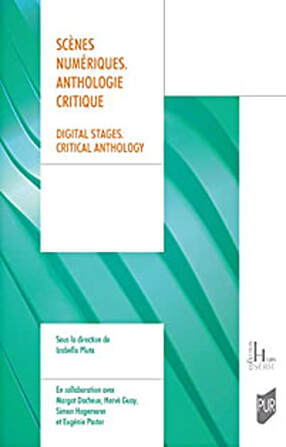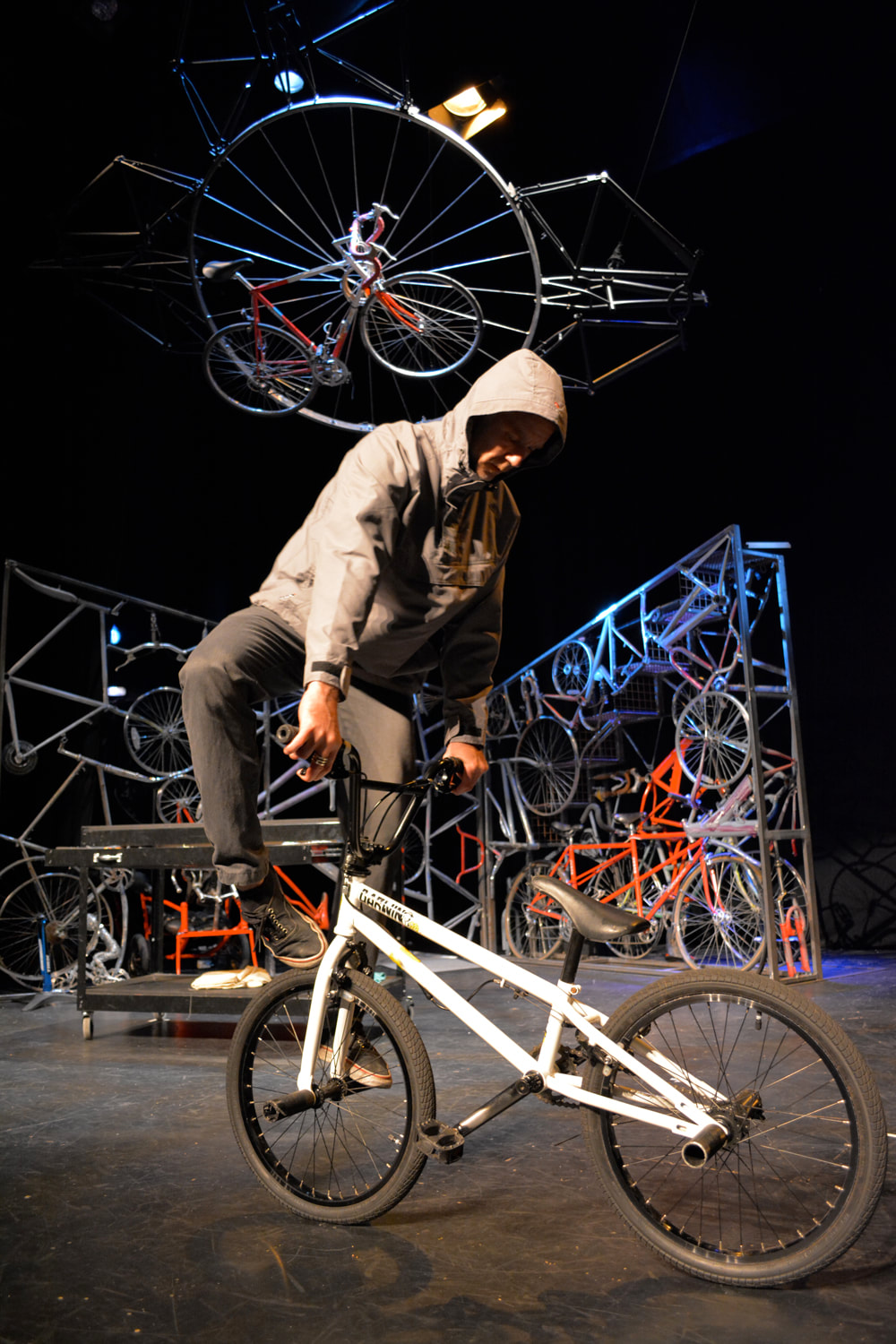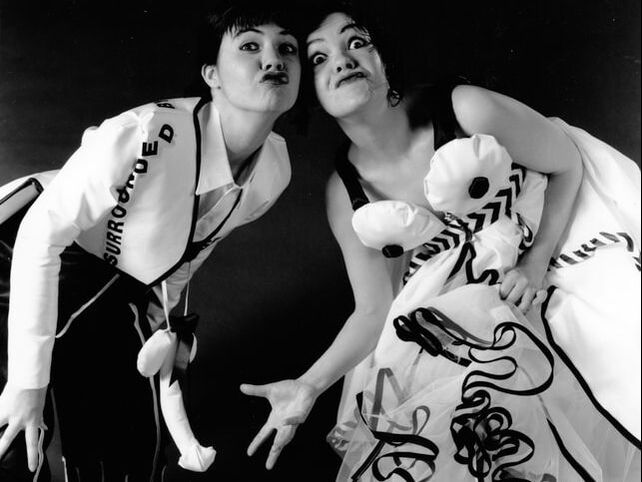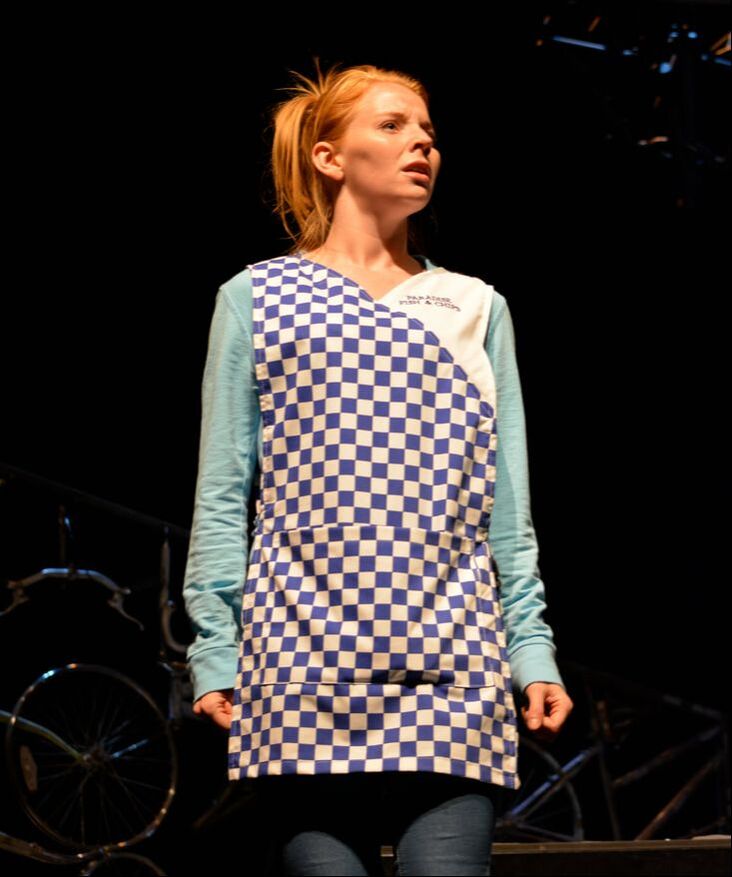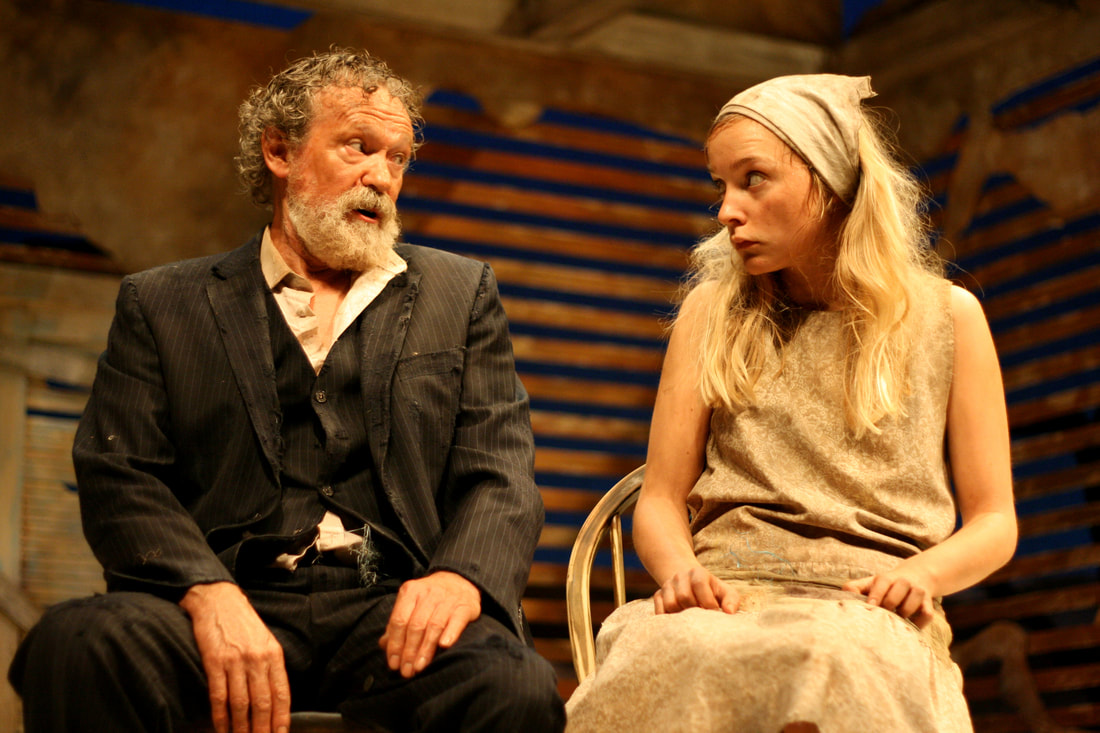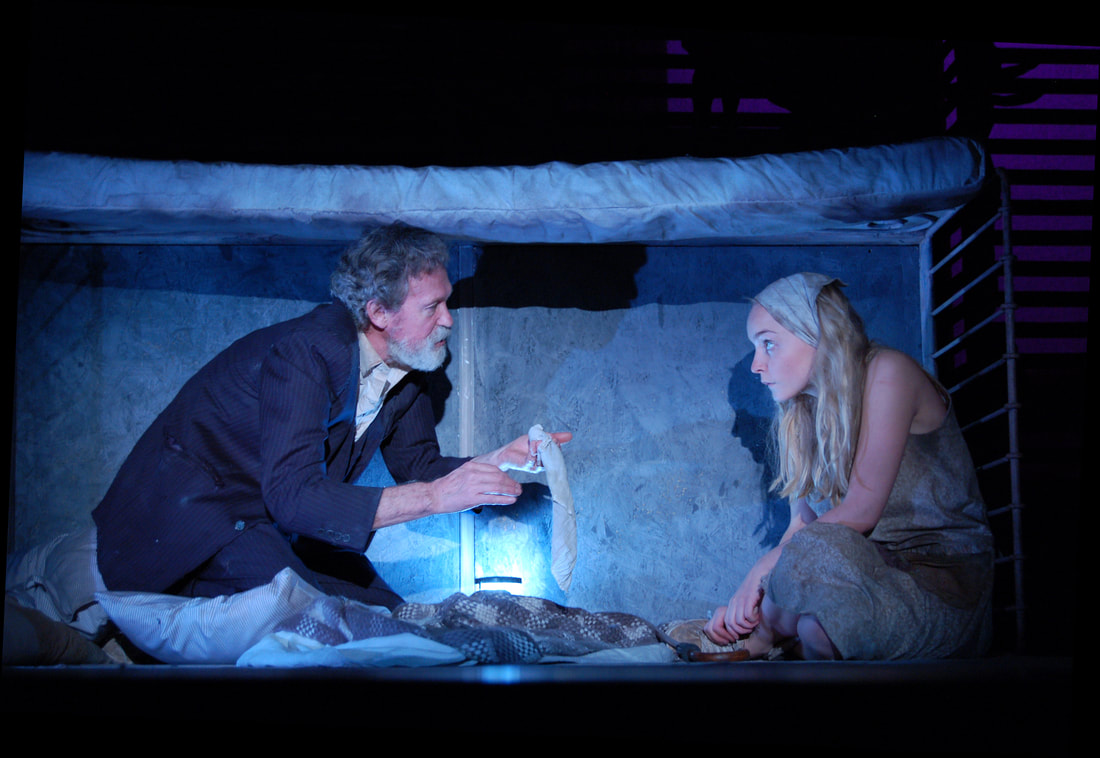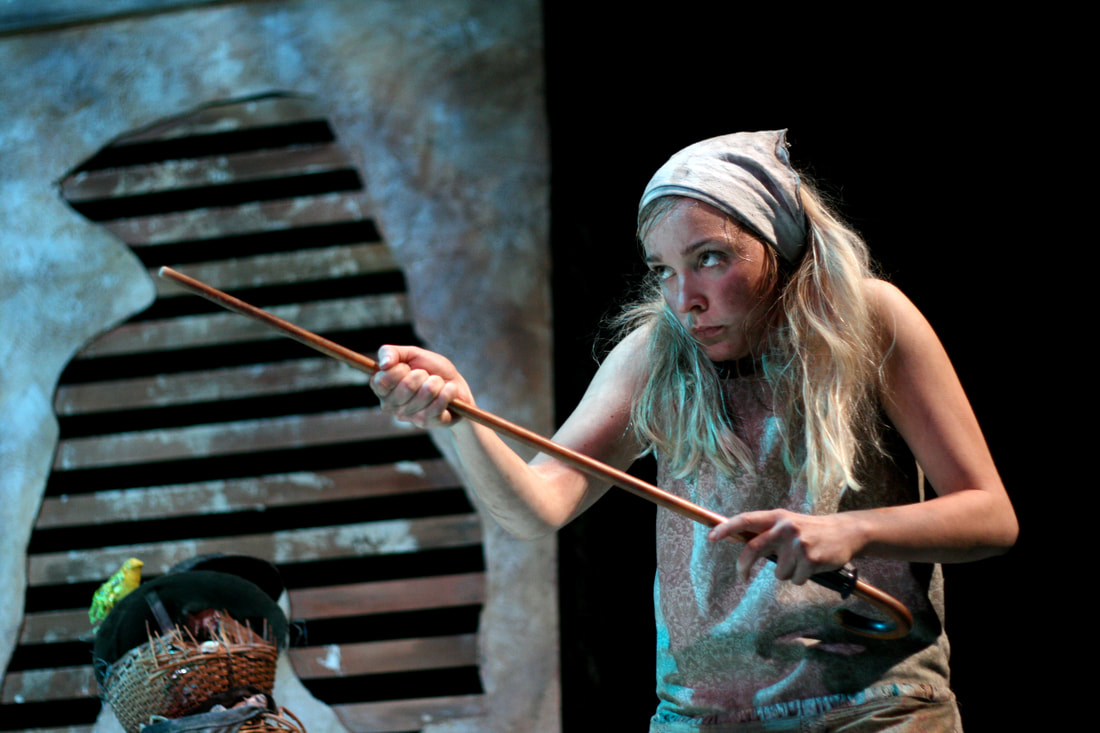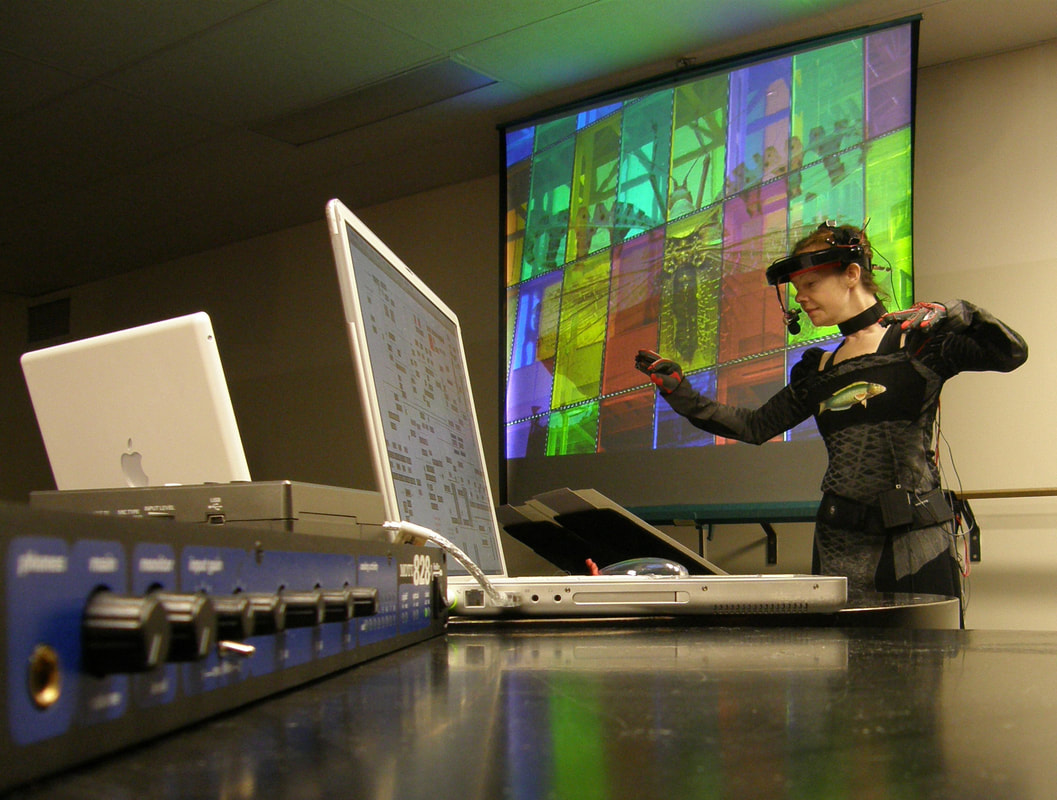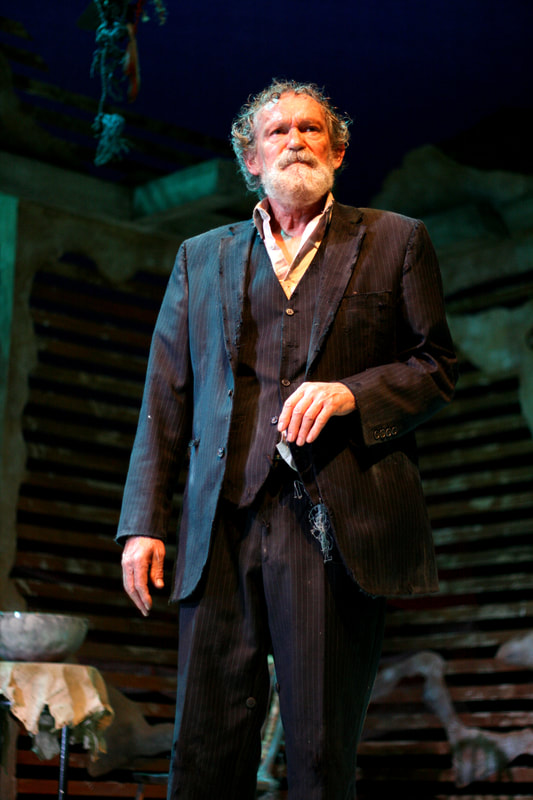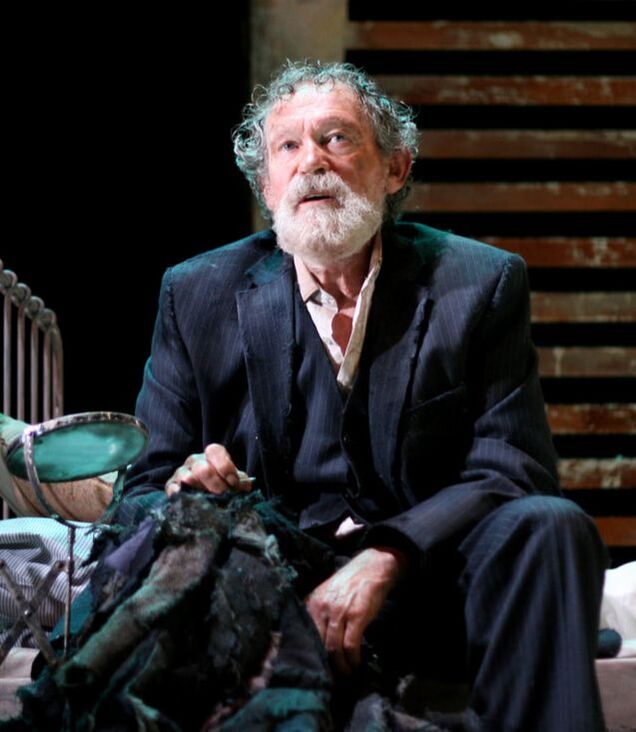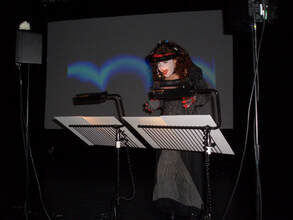"our responsibility begins with the power to imagine"
Haruki Murakami
Secrets of the Icefish (2021)A new work originally for BBC Radio 4
now available for further digital production and/or stage adaptation. JULIA has a thing for desolate places - she has learnt how to survive the sub-zero atmosphere of an absent father and a distraught mother. Working her way through South America Julia meets Dorothy and accompanies her on a cruise to the Antarctic and begins her quest to discover the truth about her father and why the Antarctic was for him more important than family and home. In order to do this she must conceal her identity, jump ship, spend time at a Research Station on the Antarctic Peninsula and do her best to withstand the inexplicable warmth of people around her - she is after all an Icefish, specifically adapted to the cold. Cast: 2F,3M (multi role) strong female leads recorded running time 1 hour |
The Book of Snail (2022)New radio play available for digital production.
The play is inspired by a real crime and historical events. It is told across four time periods: London in the early 1980s and 2016, Sarajevo under sedge in the winter of 1996, and AD 793 just before the first Viking raid on Lindisfarne Island. Historical facts are woven with fiction to tell a story that begins with a child saving a book from a fire because she is drawn to an illustration of a snail within its pages. This random act of conservation sets the tone for a multi-stranded tale about love and fidelity, trust and paranoia, visions of the future and the fragility of life, wealth and the written word and the fluidity of value and truth within a world full of competing narratives. Cast: 4 adults (2F, 2M) 1 child (multi-cast) strong female leads running time 45 minutes to 1 hour |
The Last Cuckoo (Revised)A revised version of the original award-winning stage production (2010) written for the actor Paul Copley
The year is 2050 and the world has changed beyond all recognition. In a derelict building on the edge of a desert a man attended by a girl who can't or won't speak, sifts through his memory archive in an attempt to make sense of his life and his mission to memorise "stuff that might be important, significant, of use to someone." A play that combines fierce political concern with a quirky humour and warmth that is immediately engaging. THE LAST CUCKOO is a hugely moving and significant piece of writing, unique in its startling perception and urgent concern for humanity Cast: 1M, 1F a full-length monologue for the male character running time 1 hour 45 minutes without interval |
for all enquiries please use the contact form below
Publishing Projects
|
Participation in LUKE JERRAM STUDIO Breadpoetry project Lockdown 2020 in collaboration with Hobbs House Bakery with:
A Daisy Chain of Bakers The kitchen infused with the smell of warm bread Nana takes a loaf from the oven Wearing her mothers' oven gloves The ones she embroidered as a child Daisy chains on faded blue cloth Her mother’s hands and now her own Inside an object singed with memories Of one who taught, the other who watched and Listened to stories kneaded in dough The history of family baked in loaves Wholemeal, Bloomer, Sourdough Her hands and now my own The inheritors of methods for Bringing the ingredients of family Together with a good Dark Rye |
Participation in poetry for the World Healing Day 27th April 2020 International Dance Association with:
To Xōchiquetzal (extract) We danced on the threshing floor Turning the labour of our feet Into patterns and rhythms Breathing Jasmine into songs of sex and death The never ending Passion of life Falling onto fertile soil, descending Through the dredge formed islands At Xochimilco returning as flowers and corn At Teotihuacan we danced in a ring of fire The rock flowing beneath our feet The sparkle of celestial expansion Casting its net into canals and arteries Into the spiral conch where our breath Entered another circle dance with the ocean |
Book Publications
|
PythiaDelpine21: Oracles, Cyborgs and the Tragedy of Cassandra, a chapter contextualising our work with the Bodycoder system is included in Greek Tragedy and the Digital (Methuen Drama November 2022) Drawing on cutting-edge productions and theoretical debates on performance and the digital, this collection considers issues including performativity, liveness, immersion, intermediality, aesthetics, technological fragmentation, conventions of the chorus, theatre as hypermedia and reception theory in relation to Greek tragedy.
|
An interview about our work with the Bodycoder System appears in Body As Instrument (Bloomsbury 2022). The book explores how musicians interact with movement-controlled performance systems, producing sounds imbued with their individual physical signature. Interviews with influential artists in the field, Laetitia Sonami, Pamela Z, Julie Wilson-Bokowiec, Lauren Sarah Hayes, etc, The book analyses how the body as instrument metaphor informs relationships between performers, their bodies and self-designed instruments.
|
Our work and early performance manifestos included in this anthology (PUR April 2022) available on Amazon. French & English. The anthology brings together writings by artists, charting the major changes affecting digital theatre and its transition to the post-digital. The collection offers sixty-five contributions. These are raw testimonies coming from the experience of a set of artists/pioneers that are rarely archived.
|
